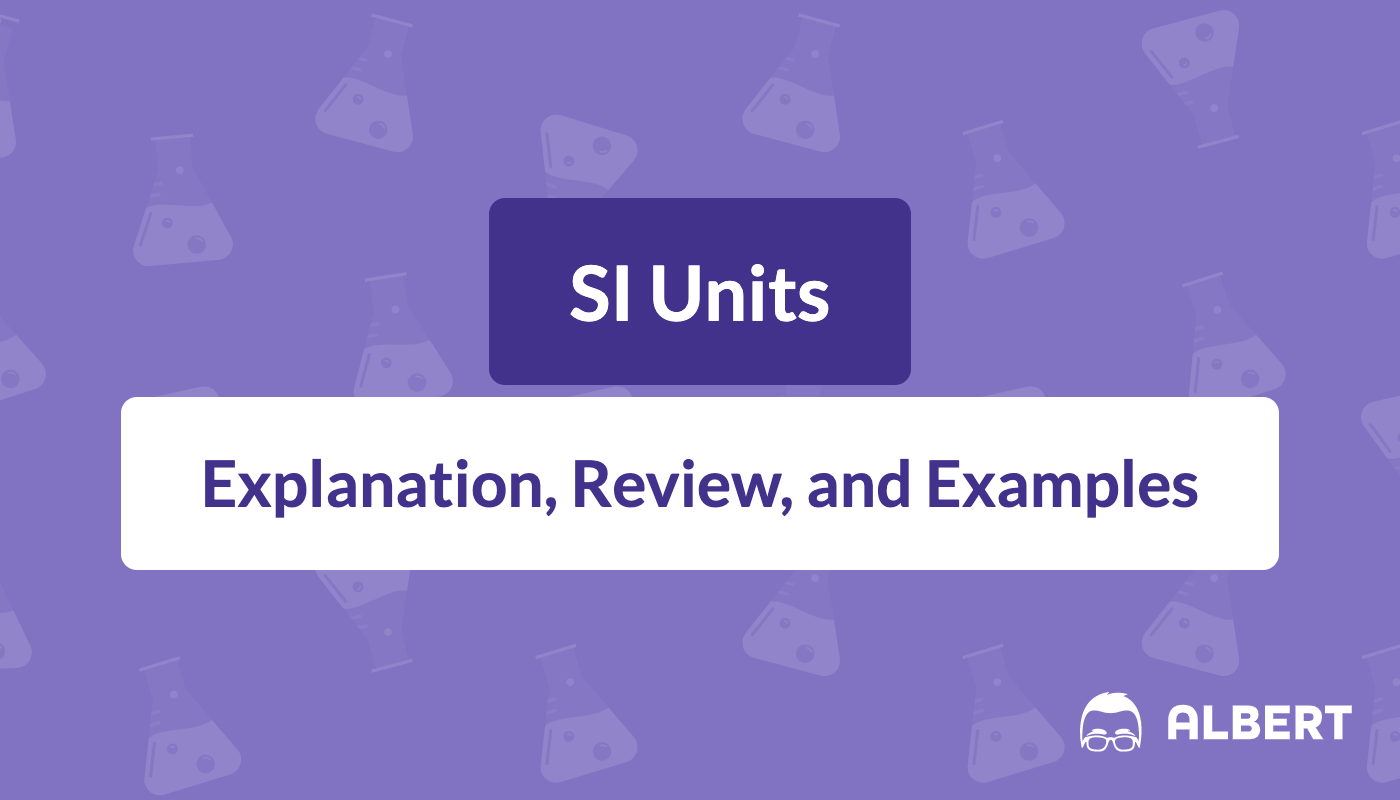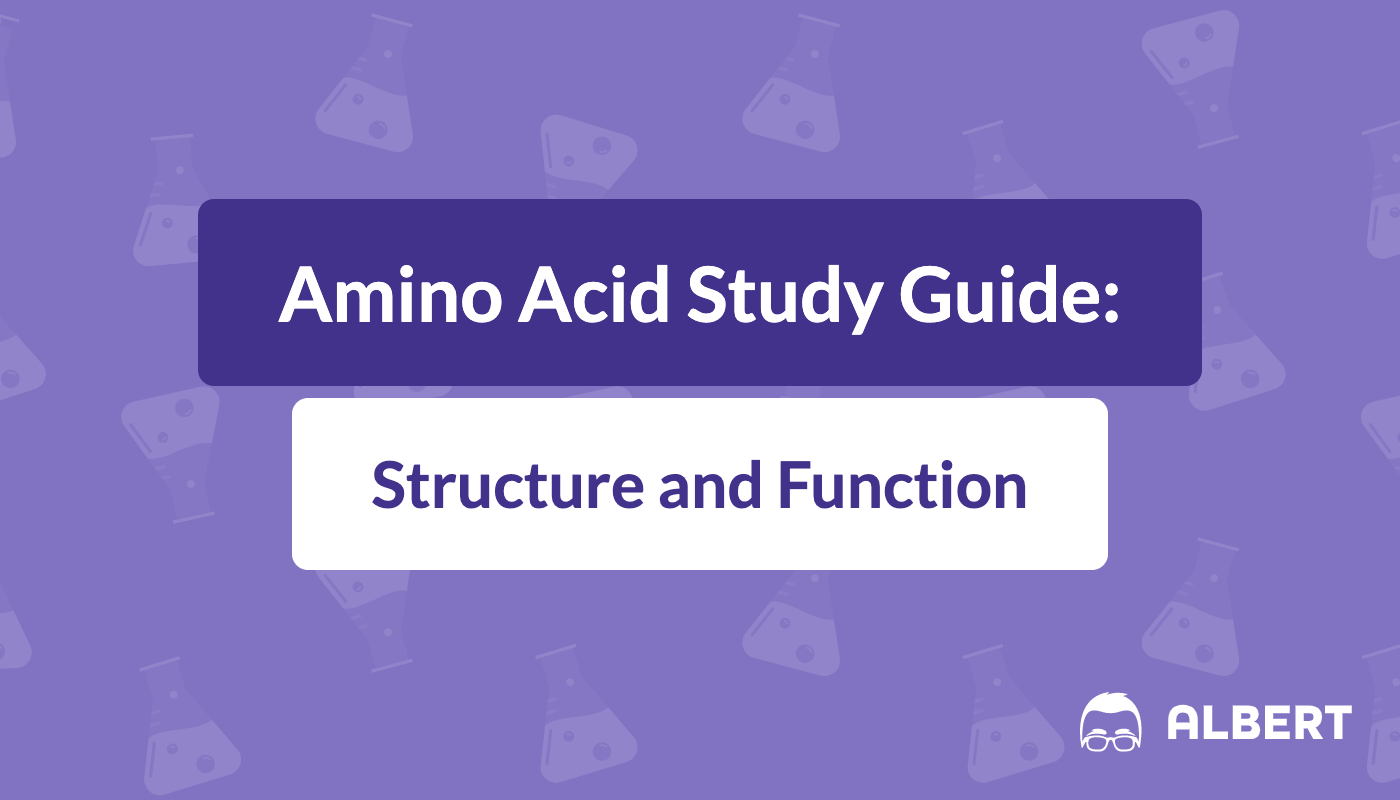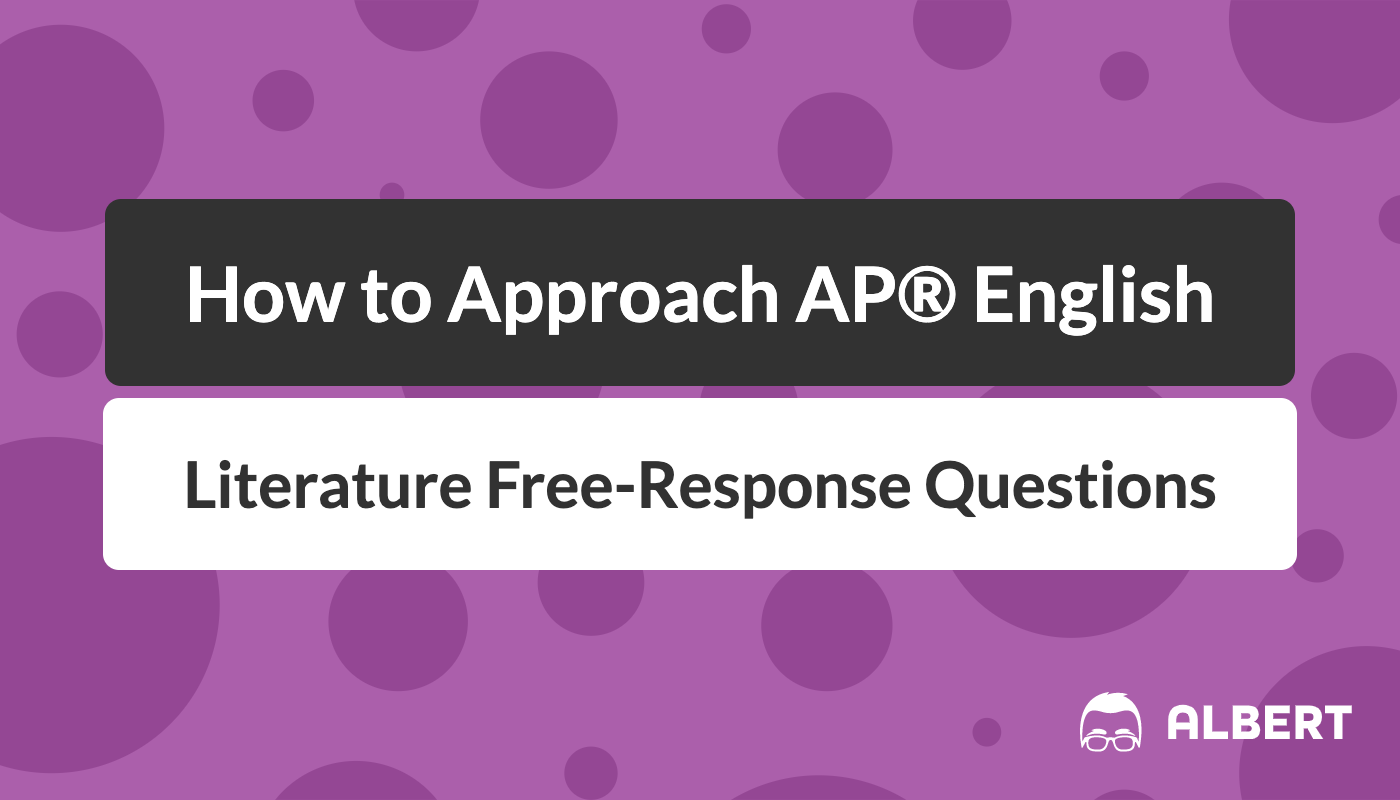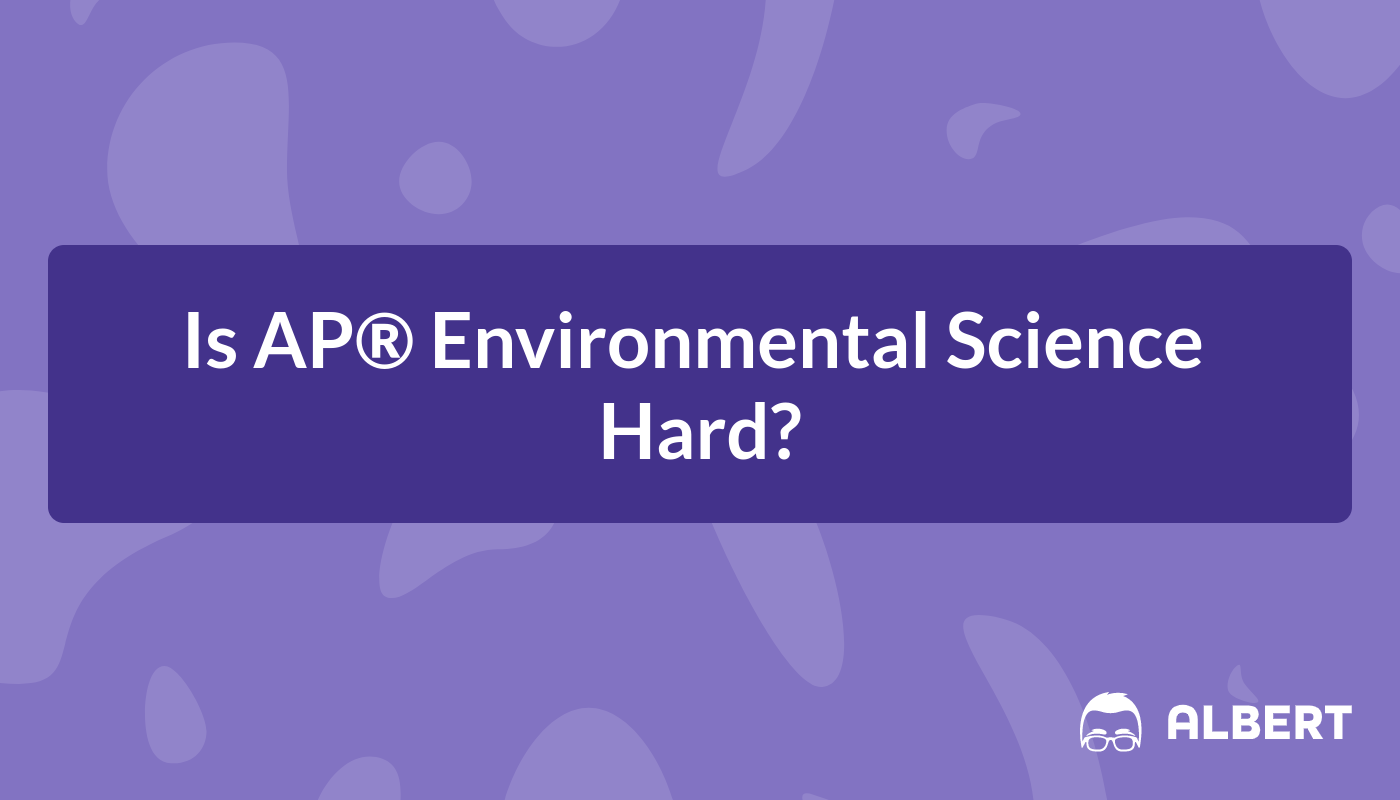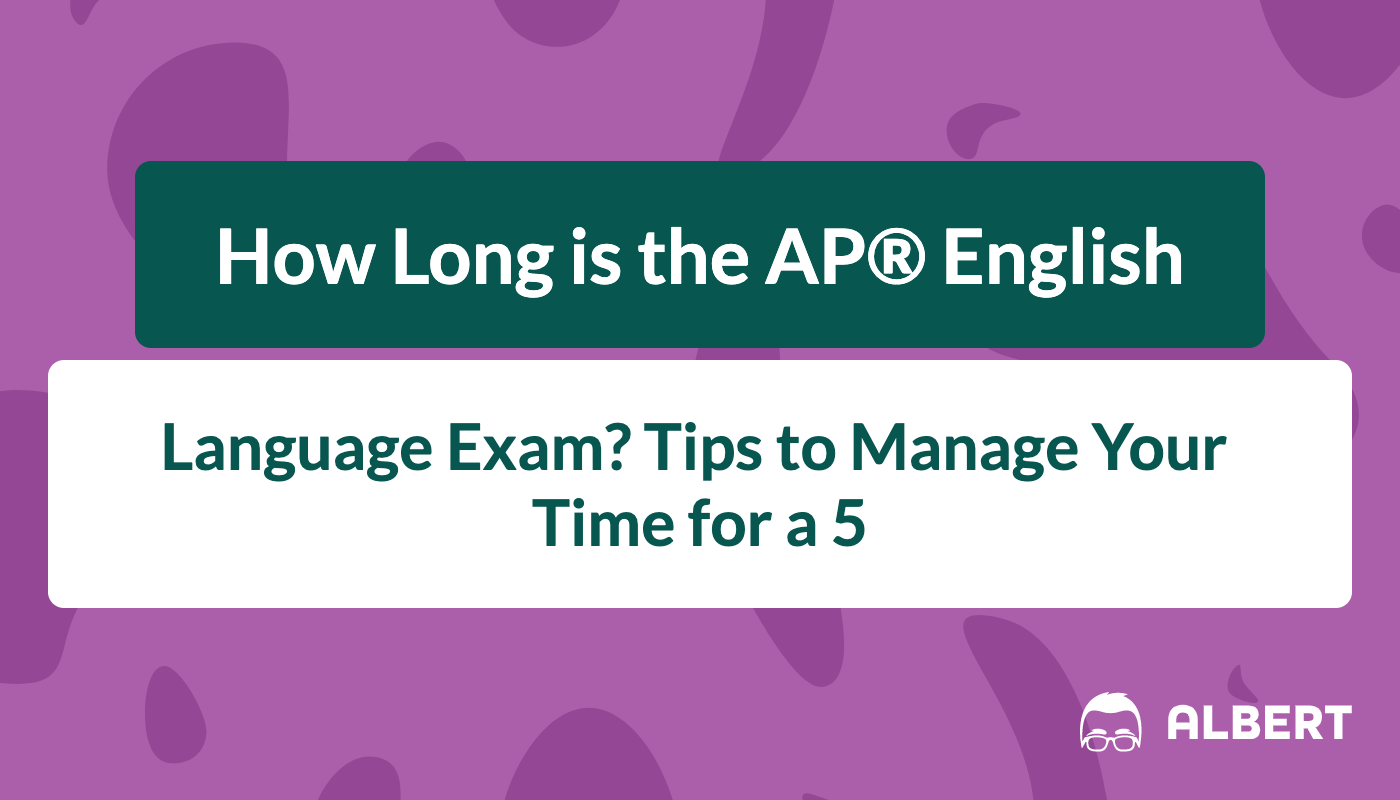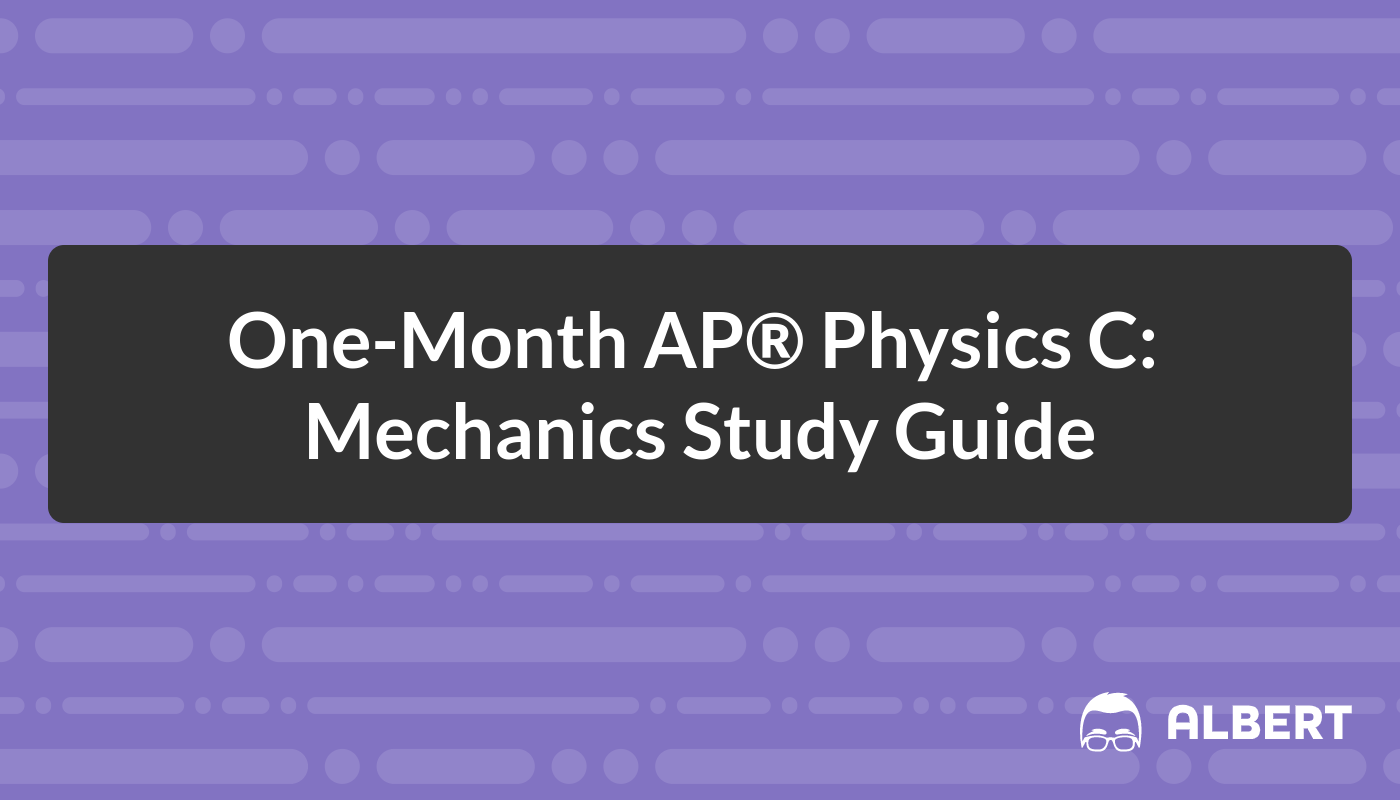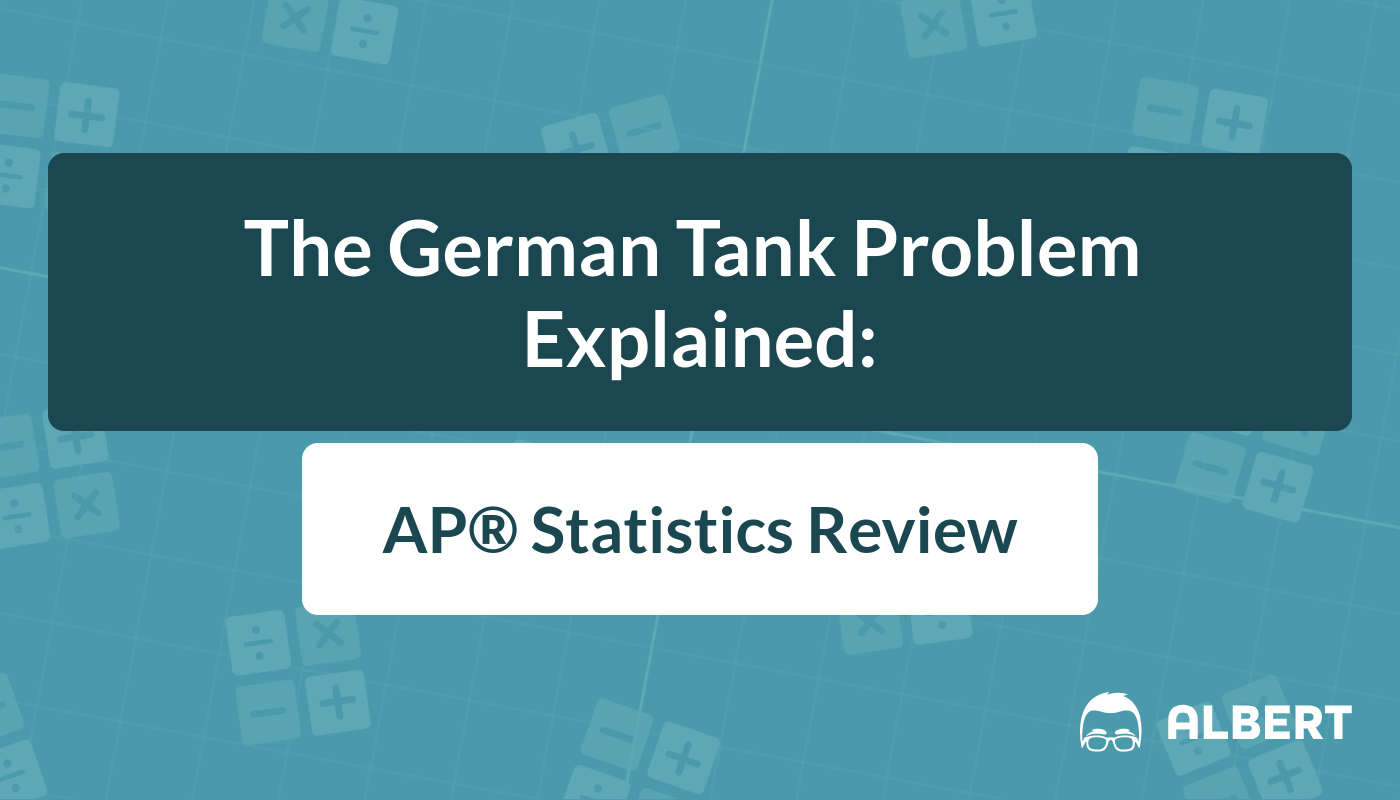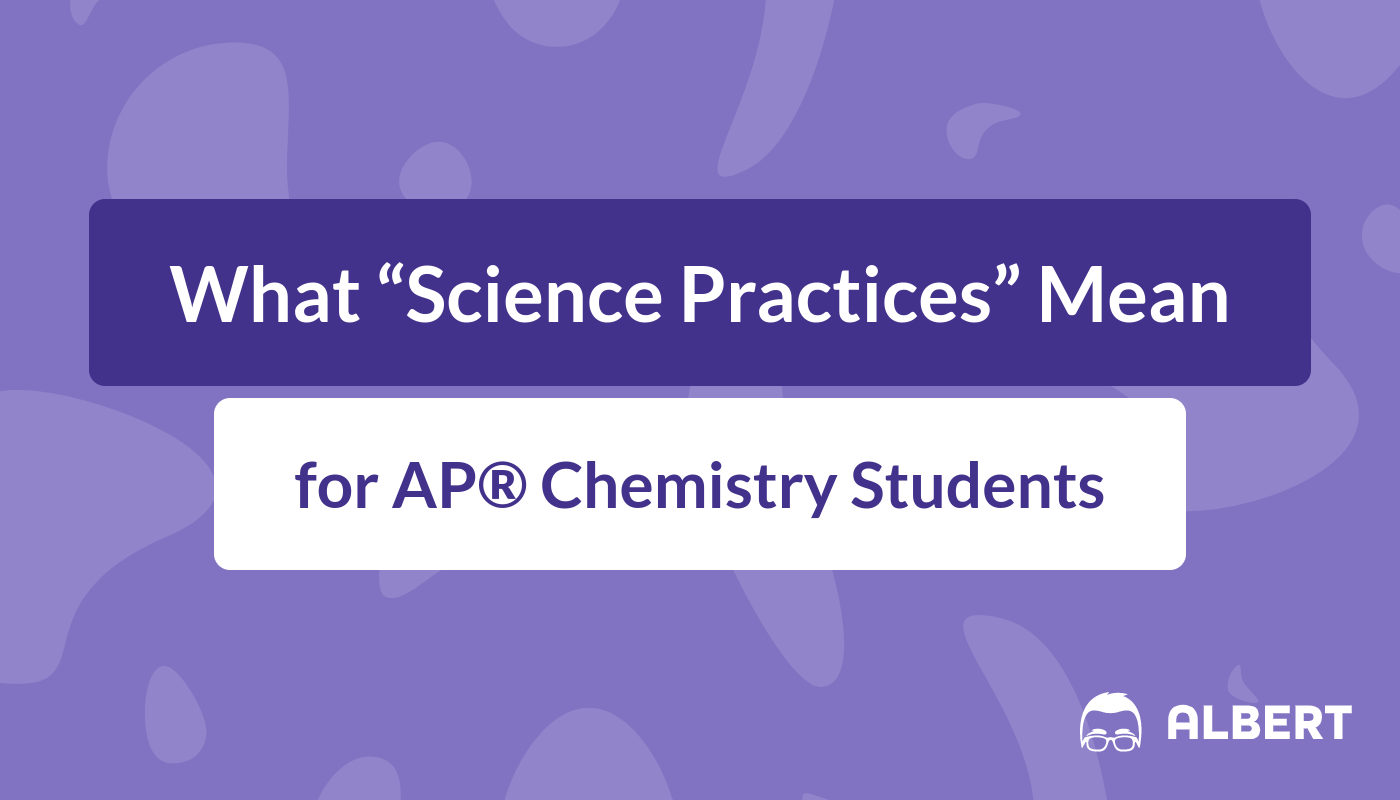Lewis Structures: Explanation, Review, and Examples
The only thing smaller than atoms are their subatomic particles; electrons, protons, and neutrons. Not even under a complex microscopic can we view the individual electrons that surround an atom’s nuclei. The Lewis Dot Structure is a visual which represents the outermost shell of electrons, also known as valence electrons, and possible covalent bonds within an atom or molecule.


